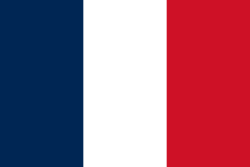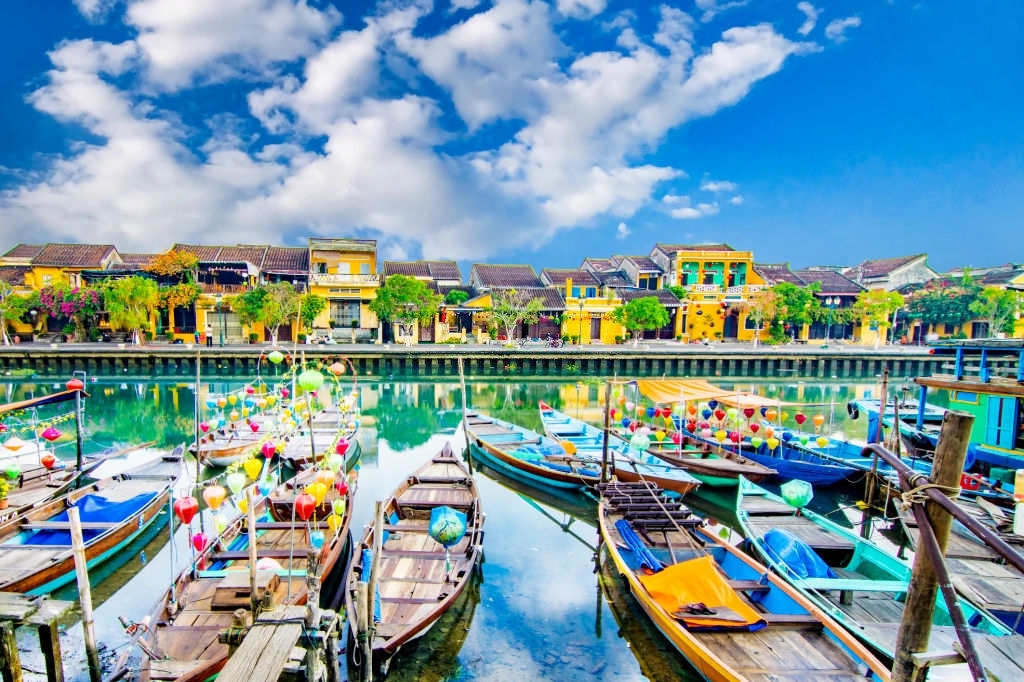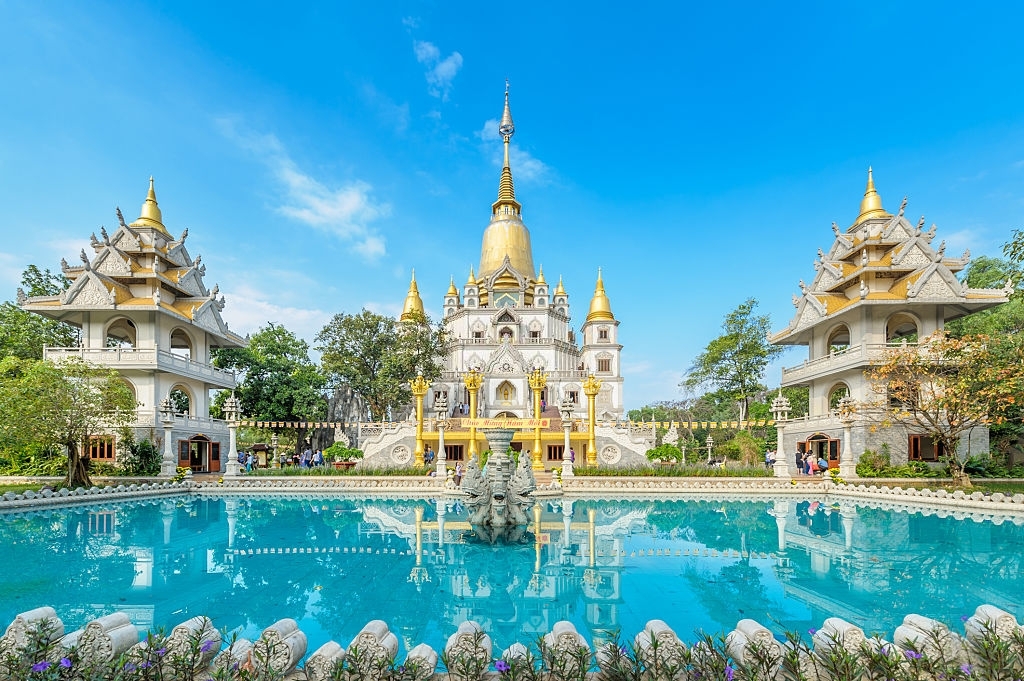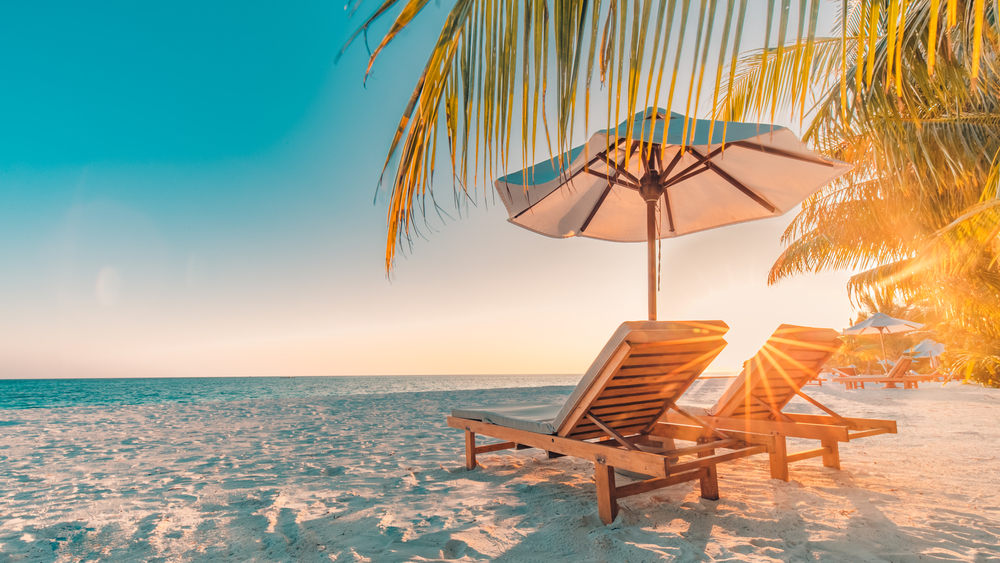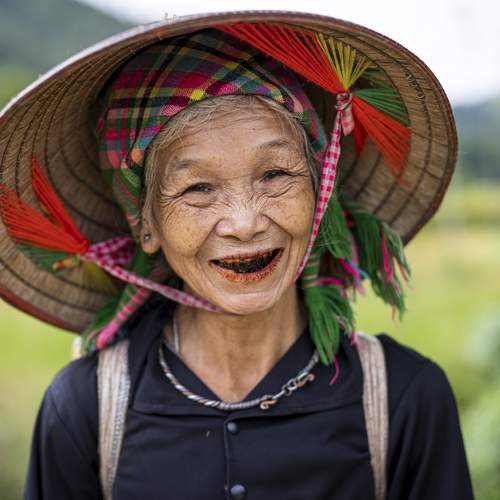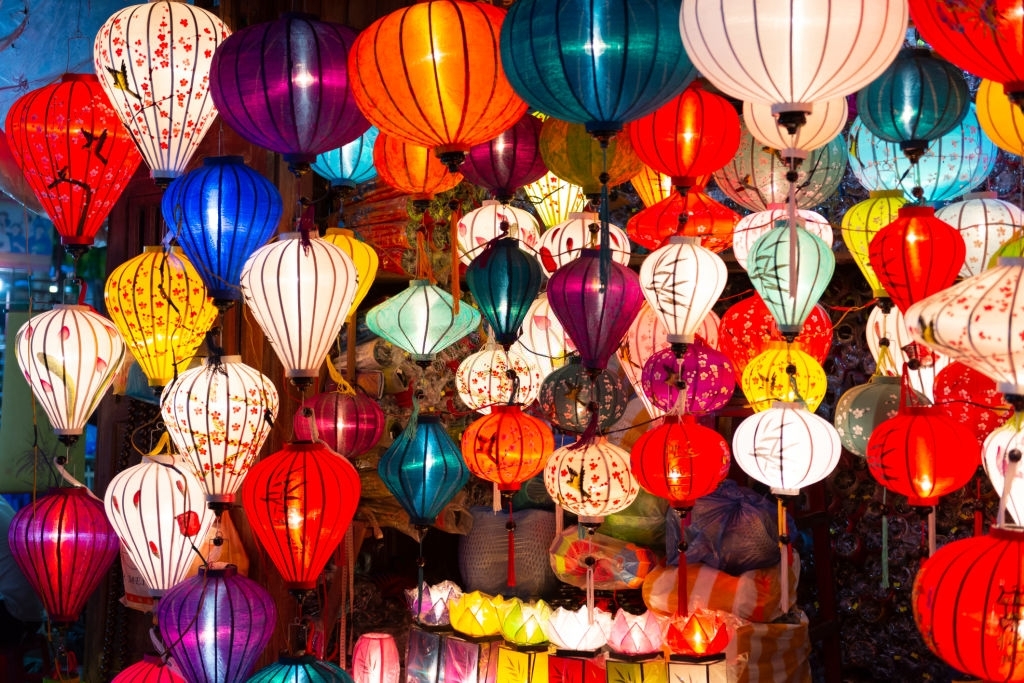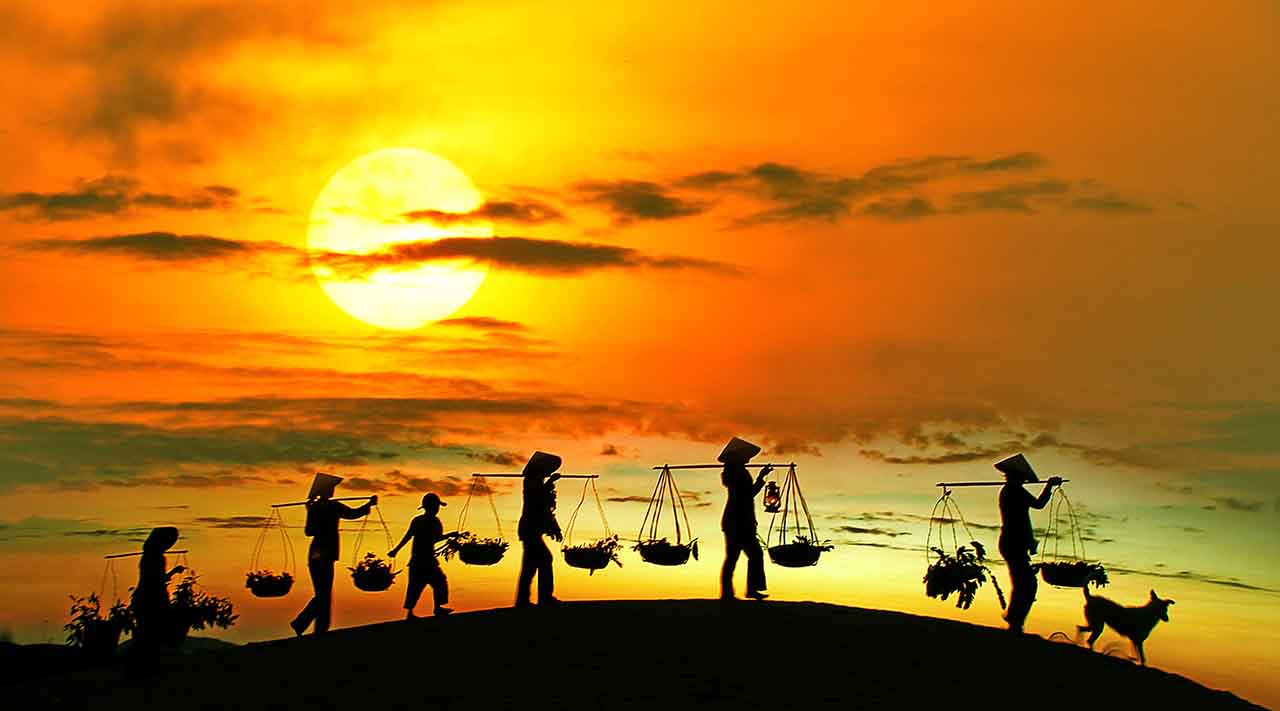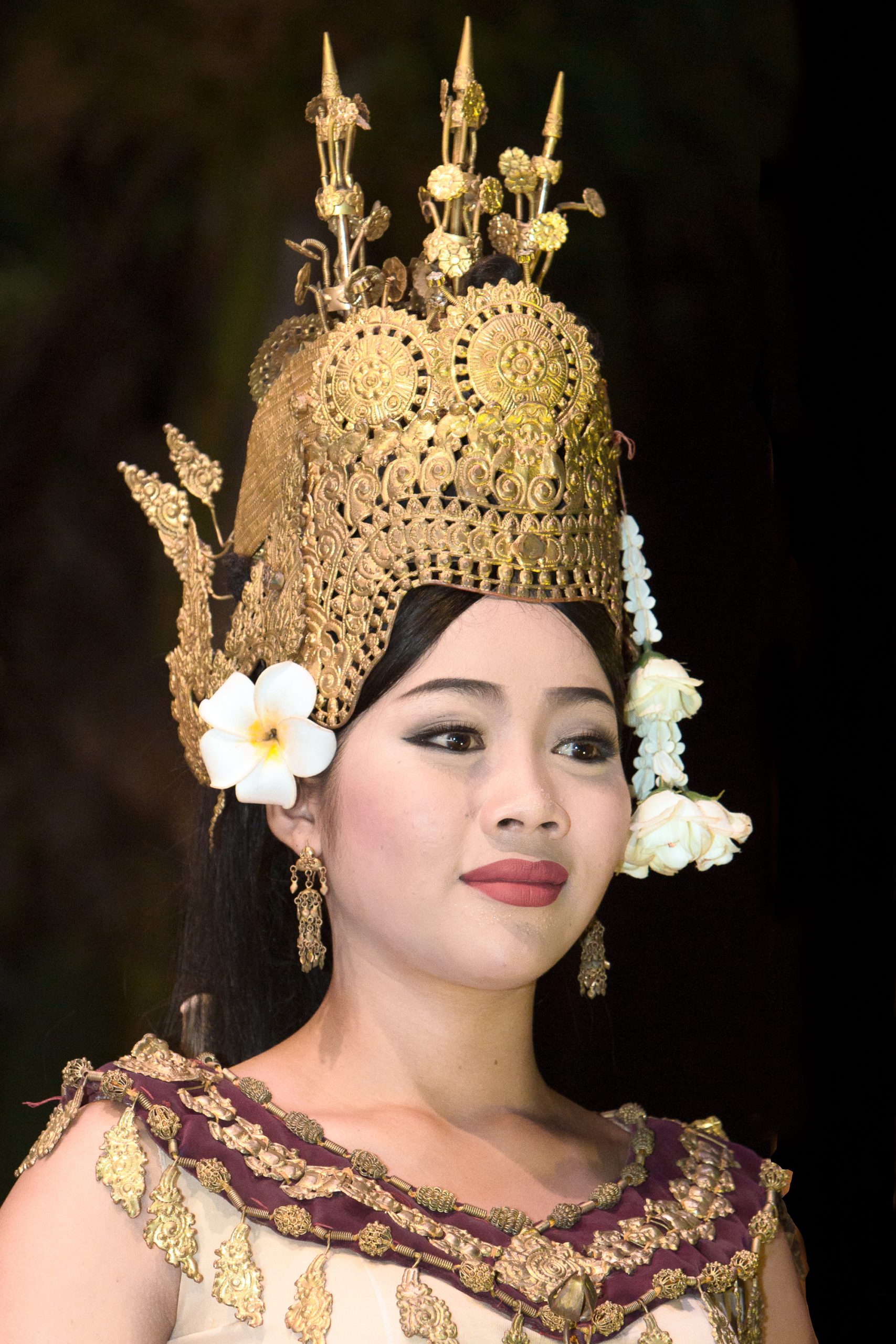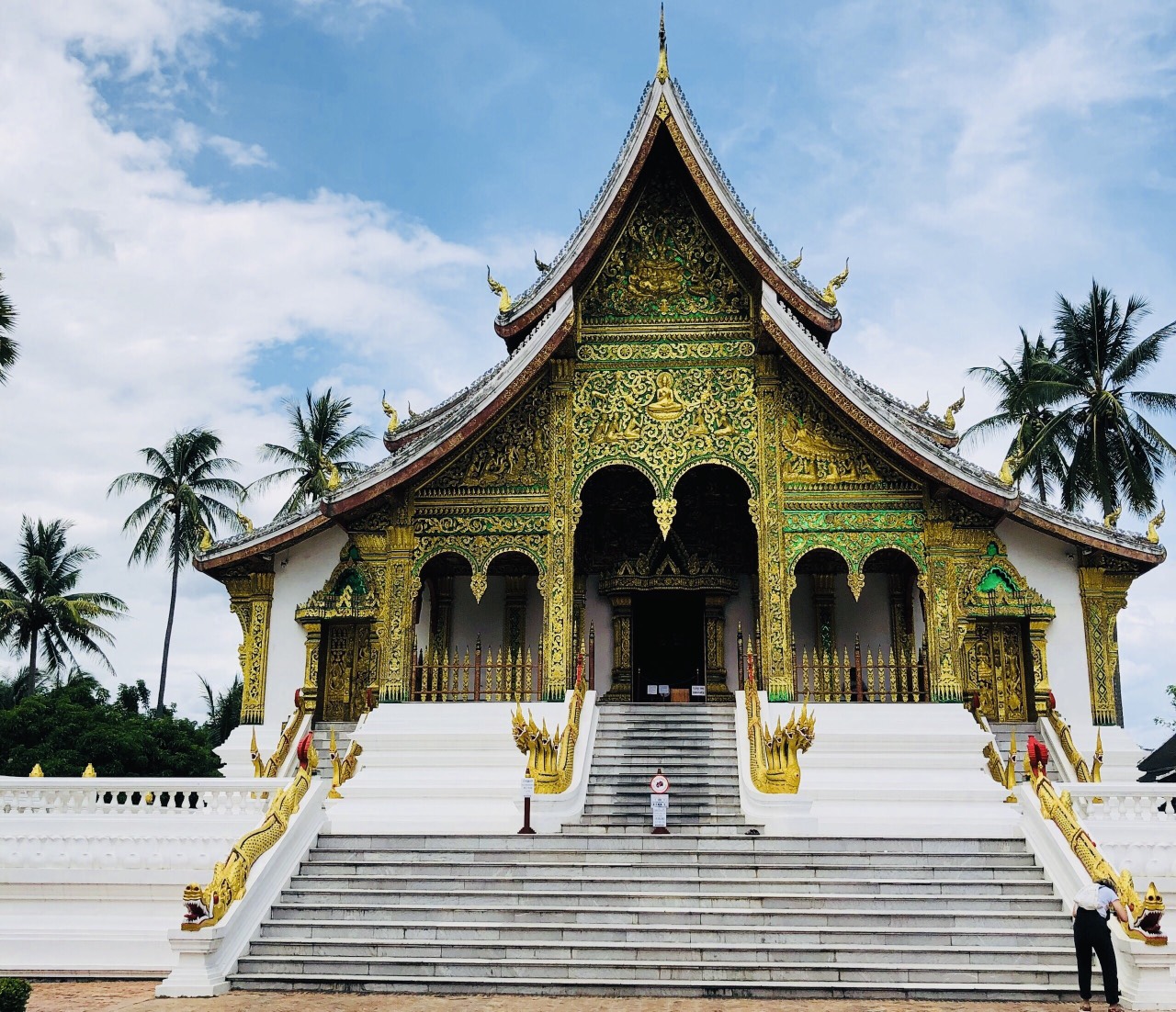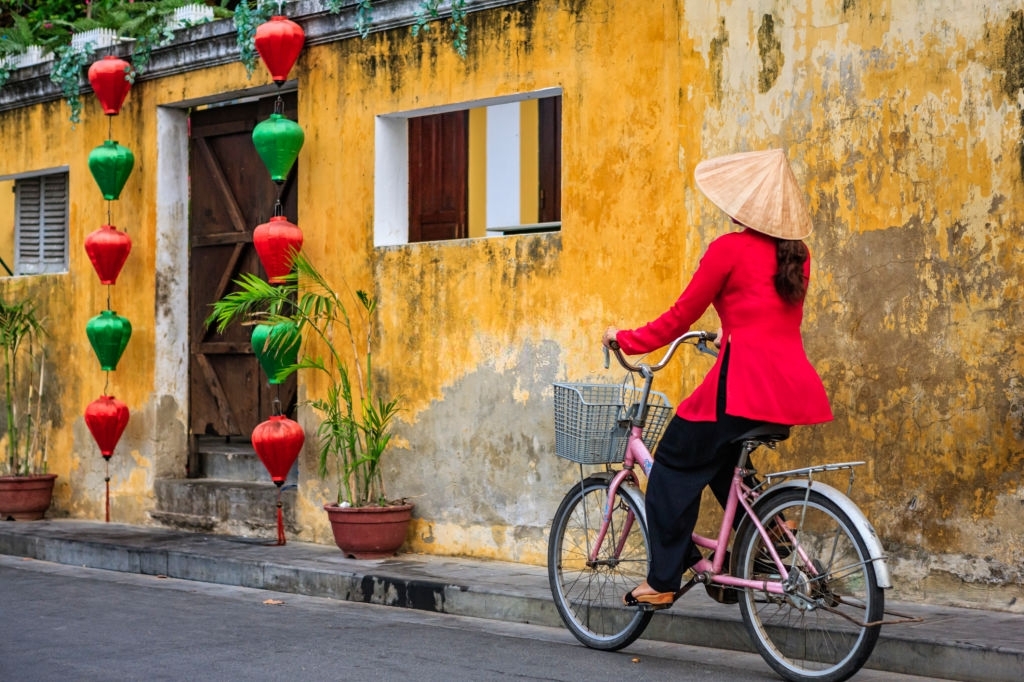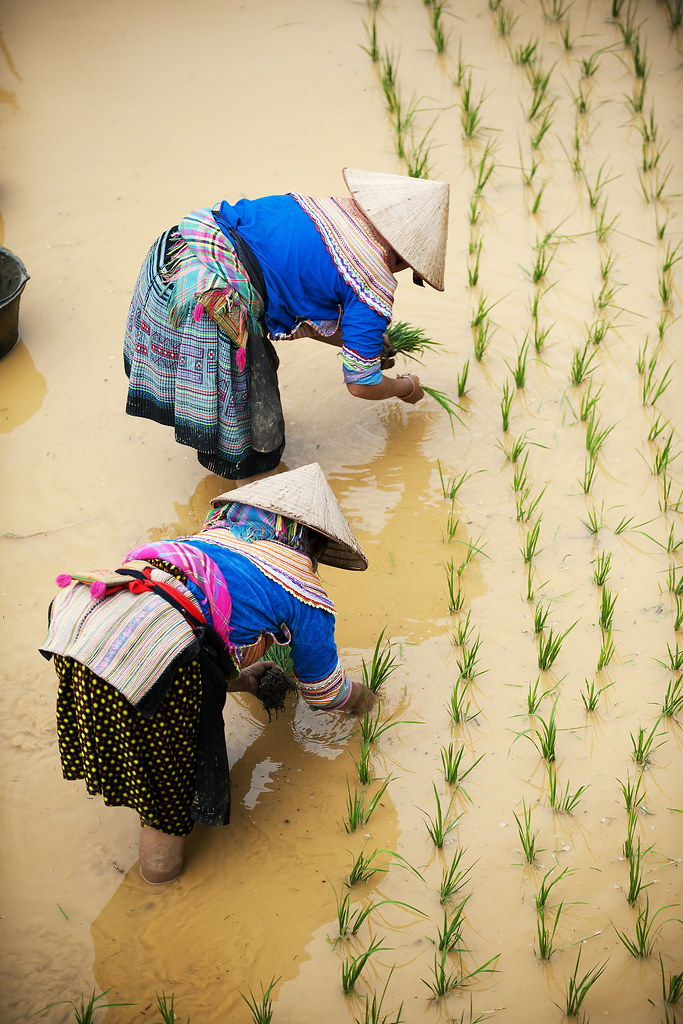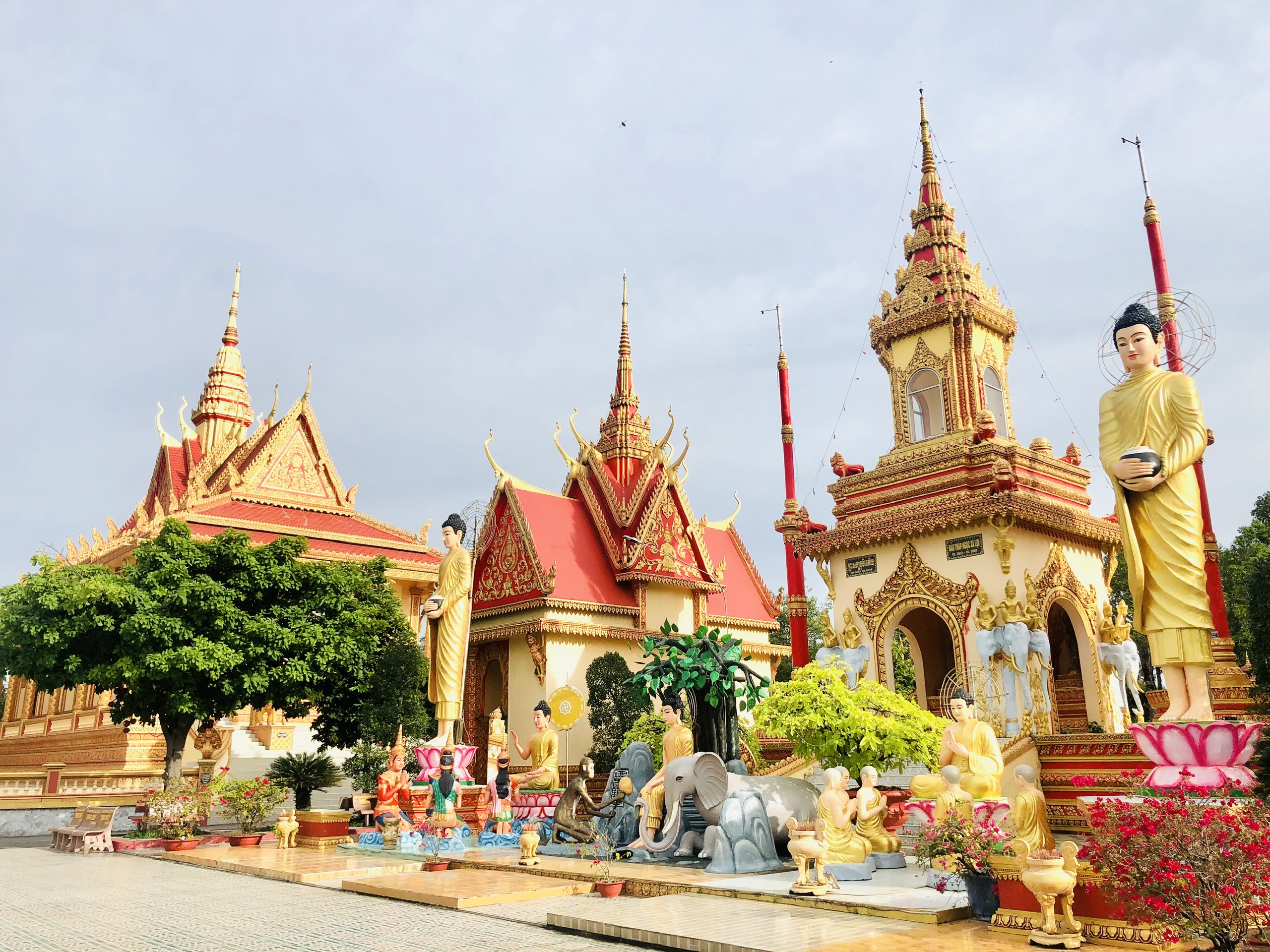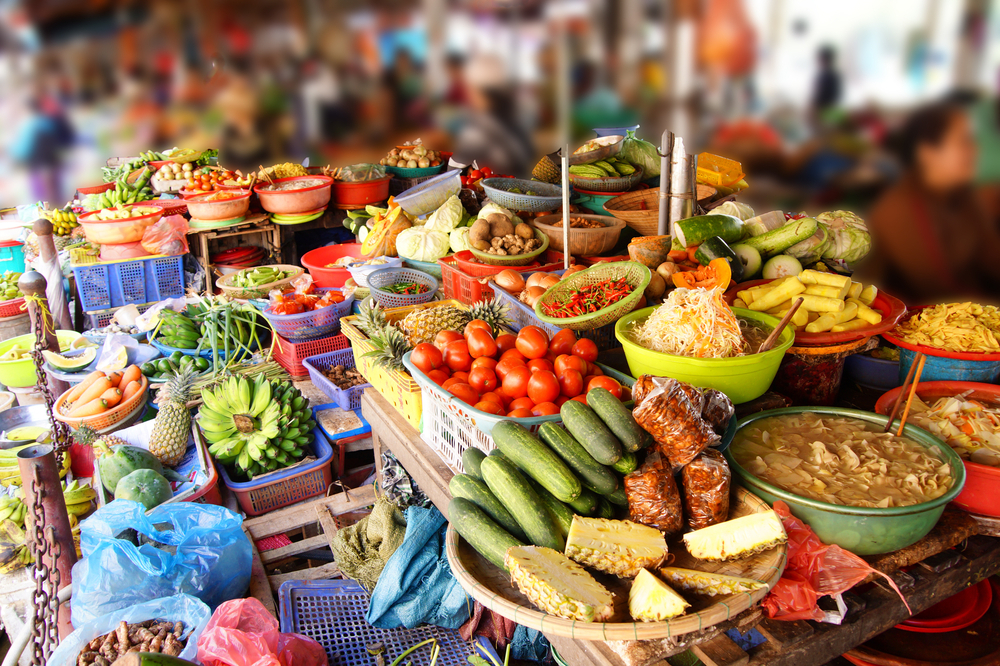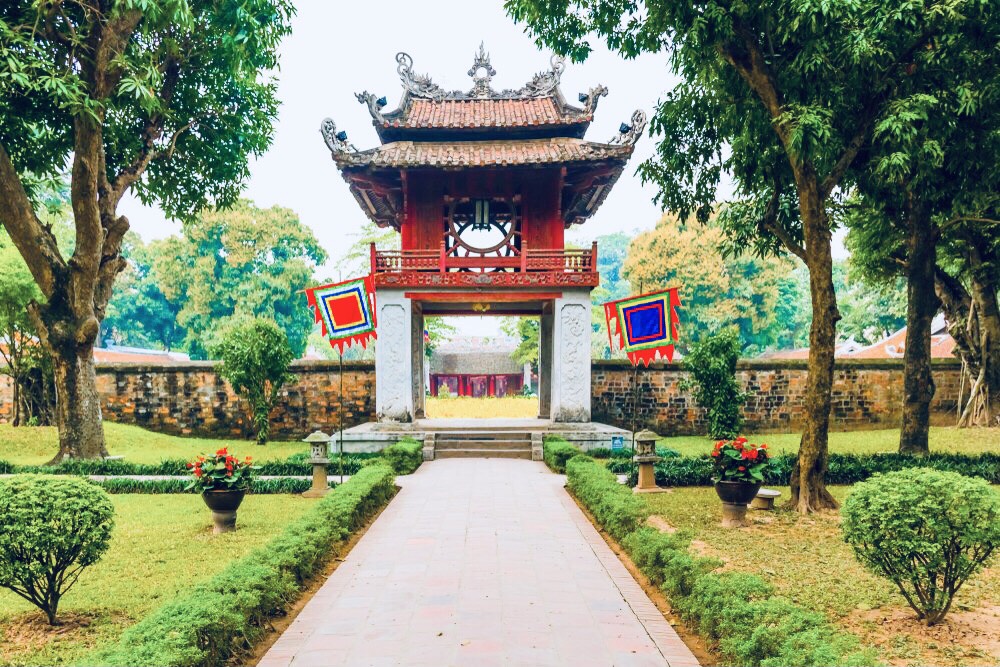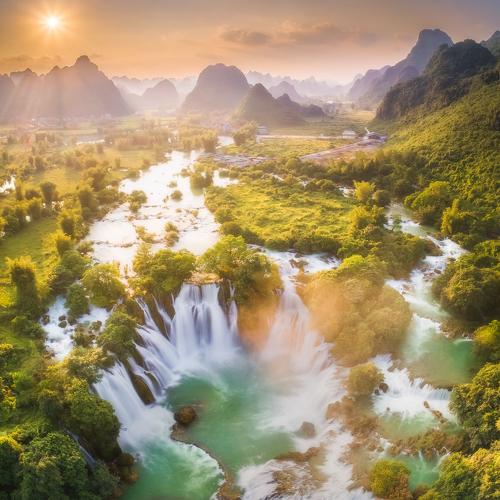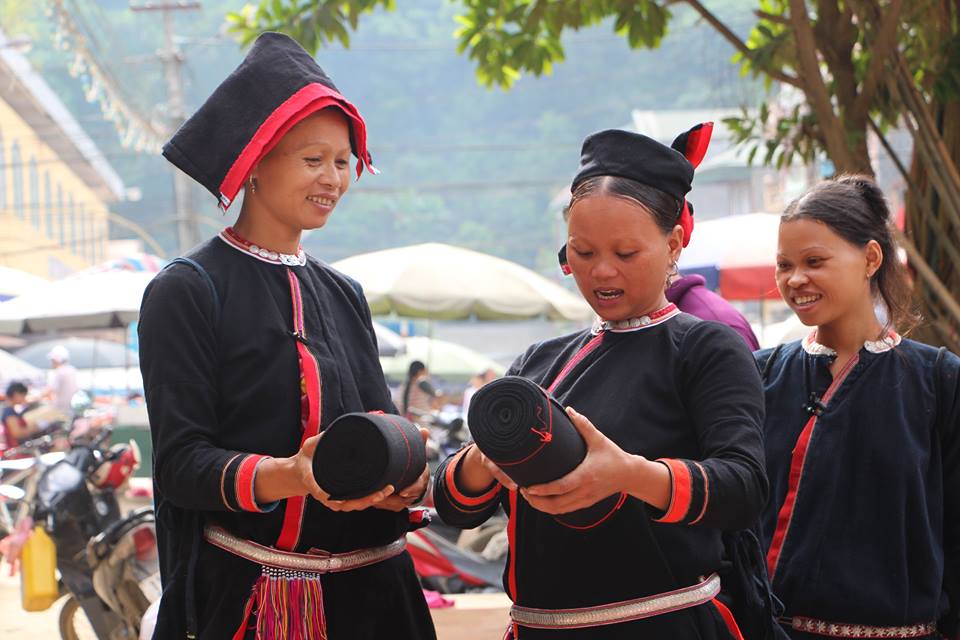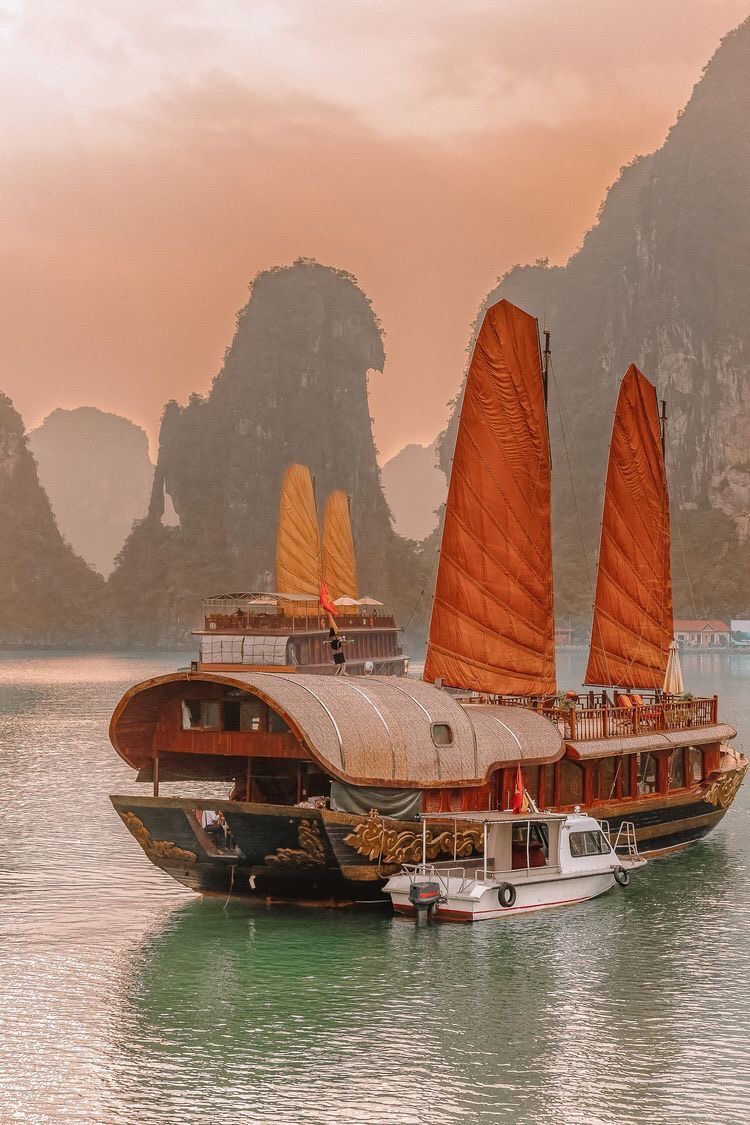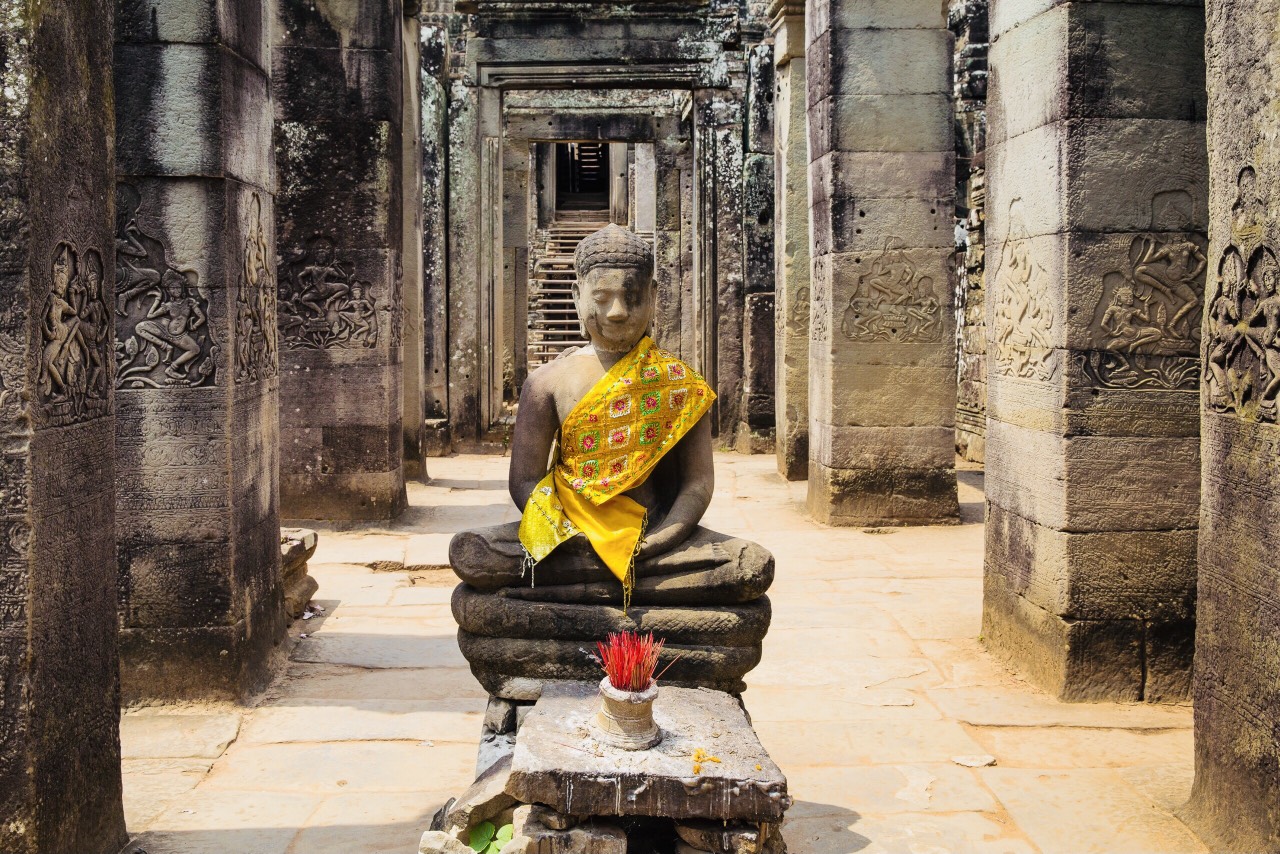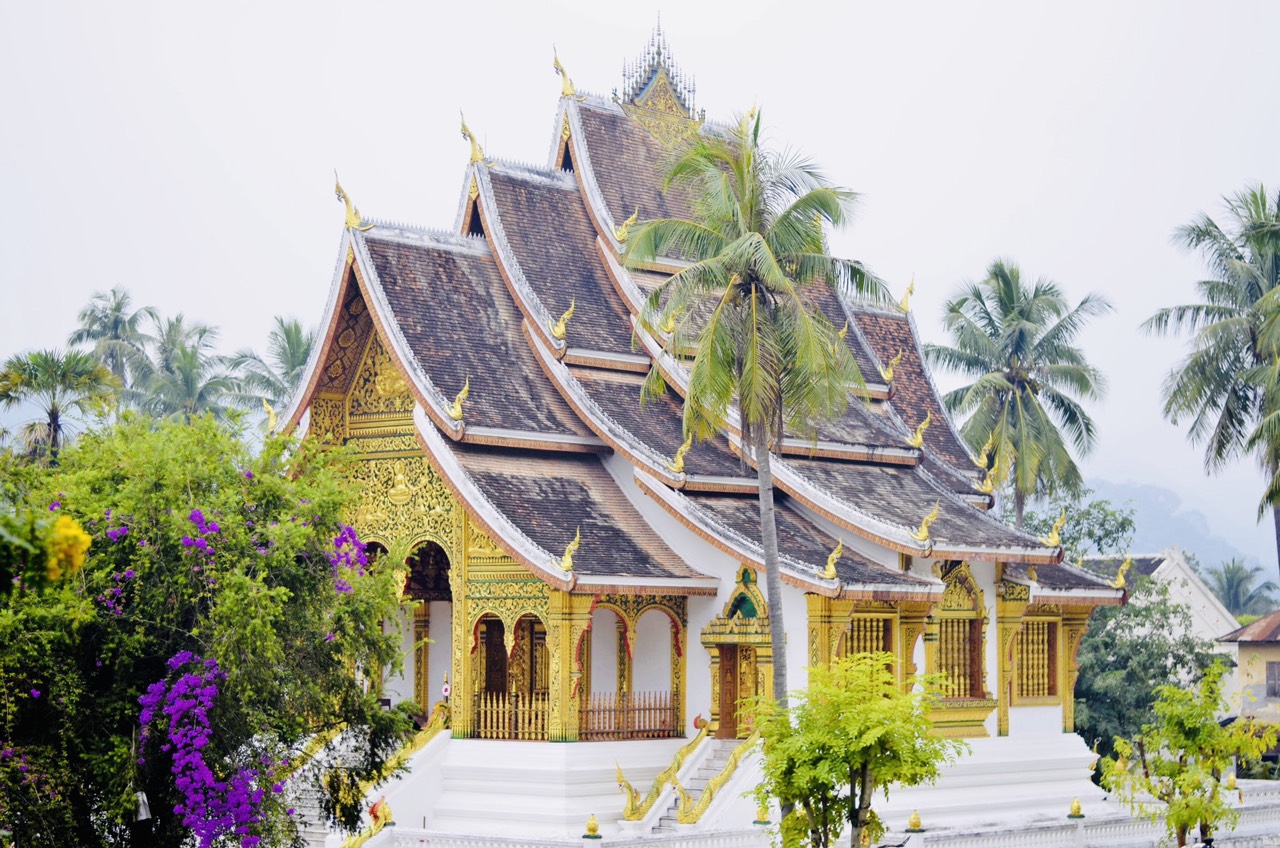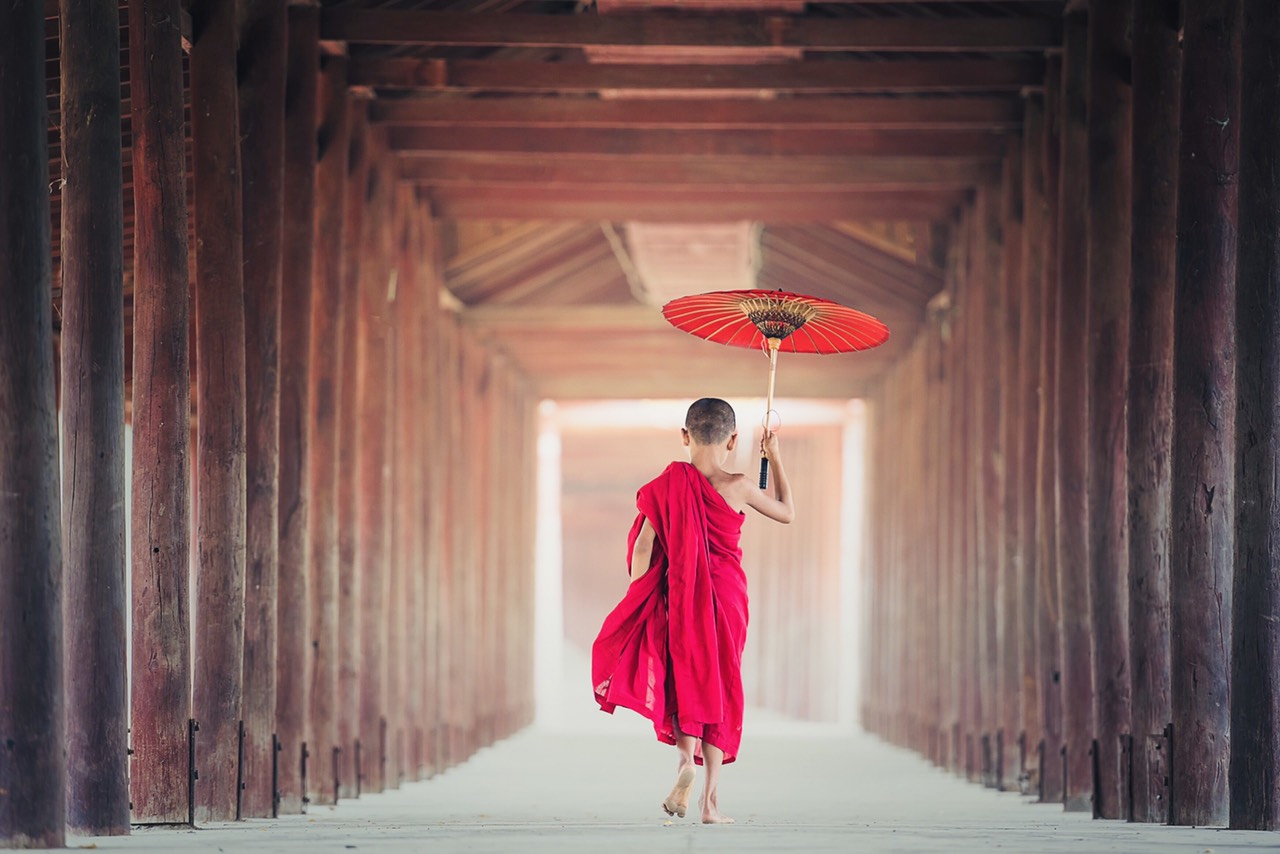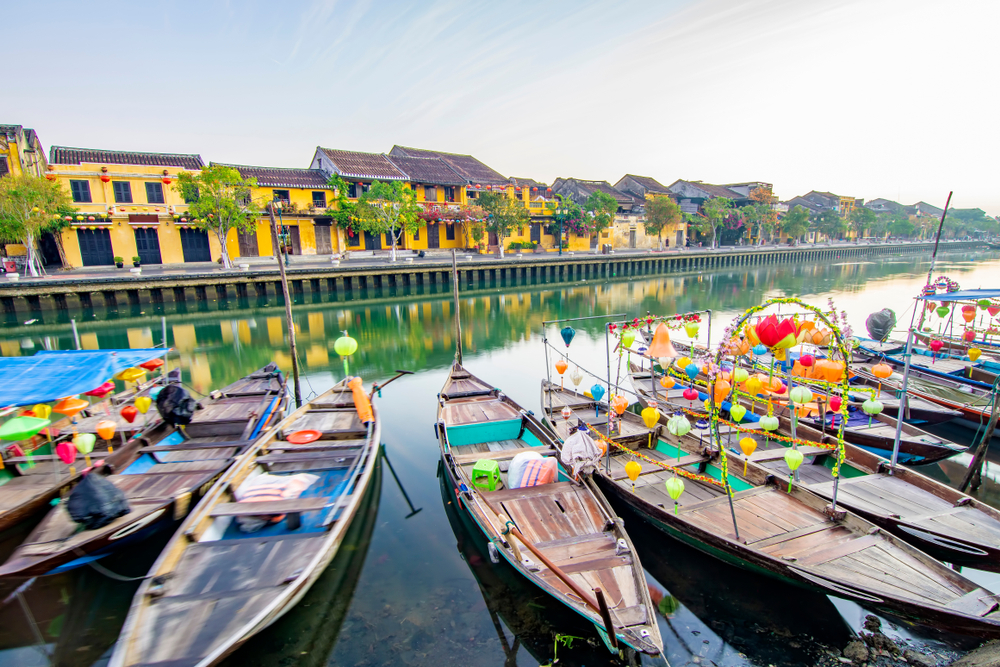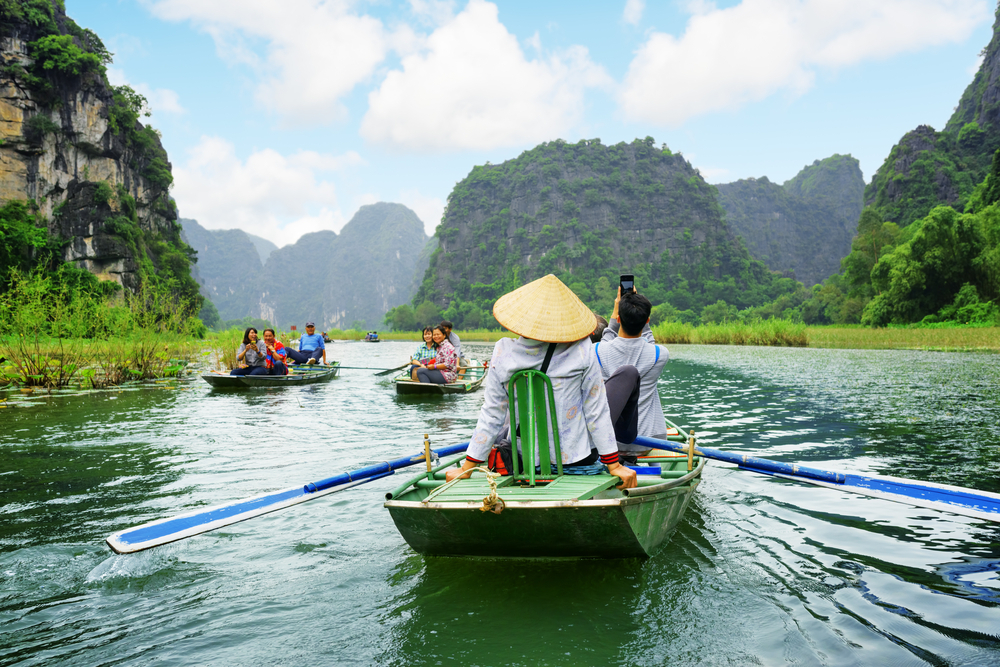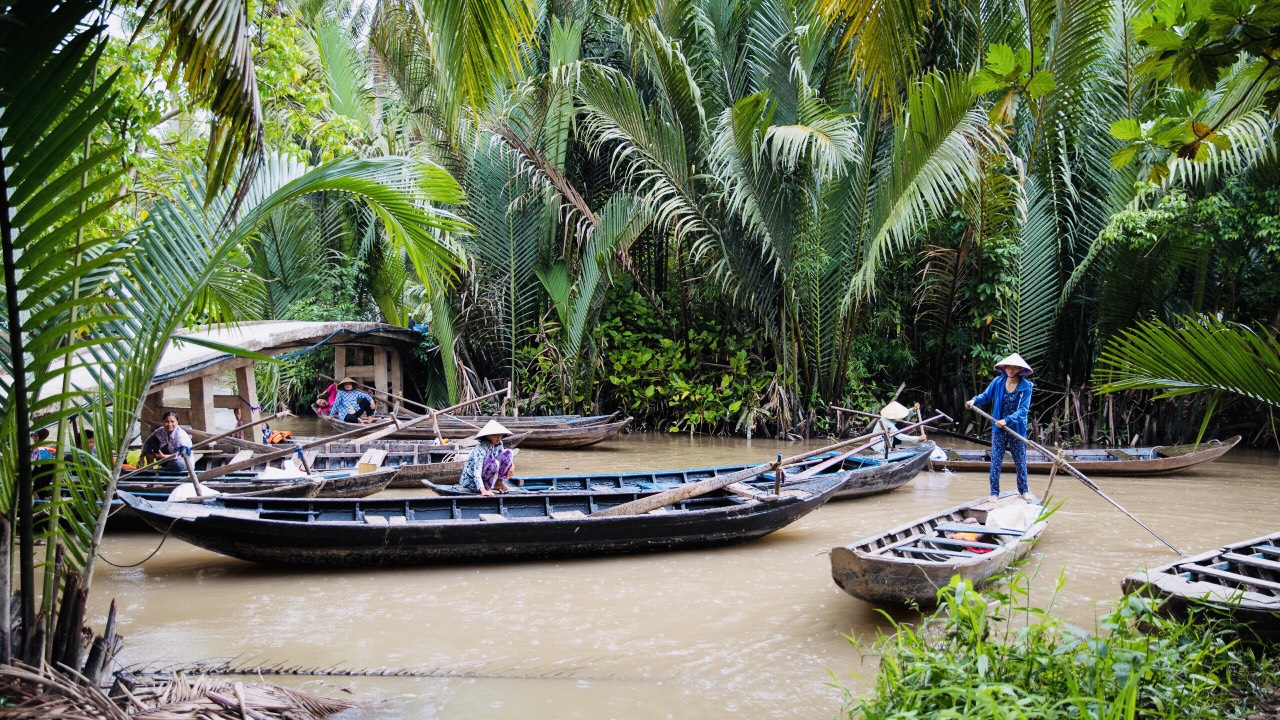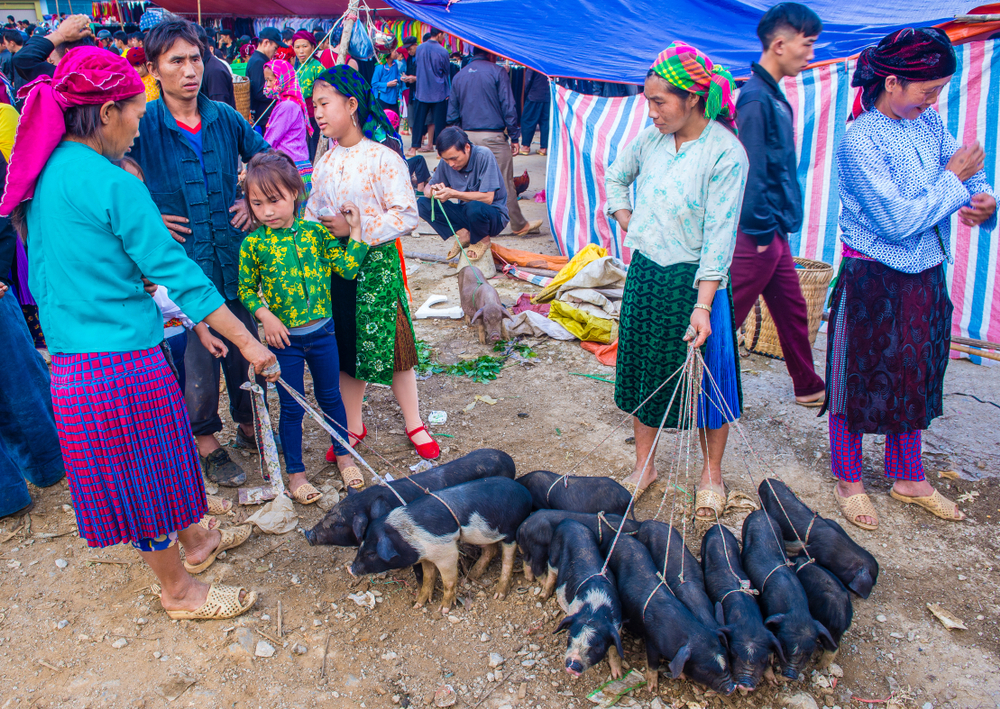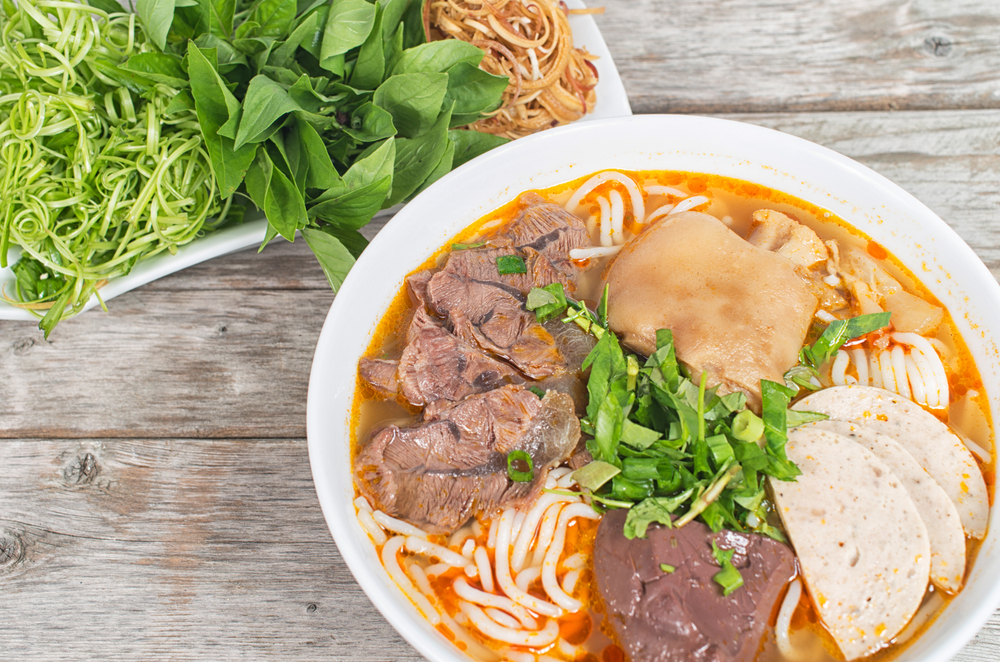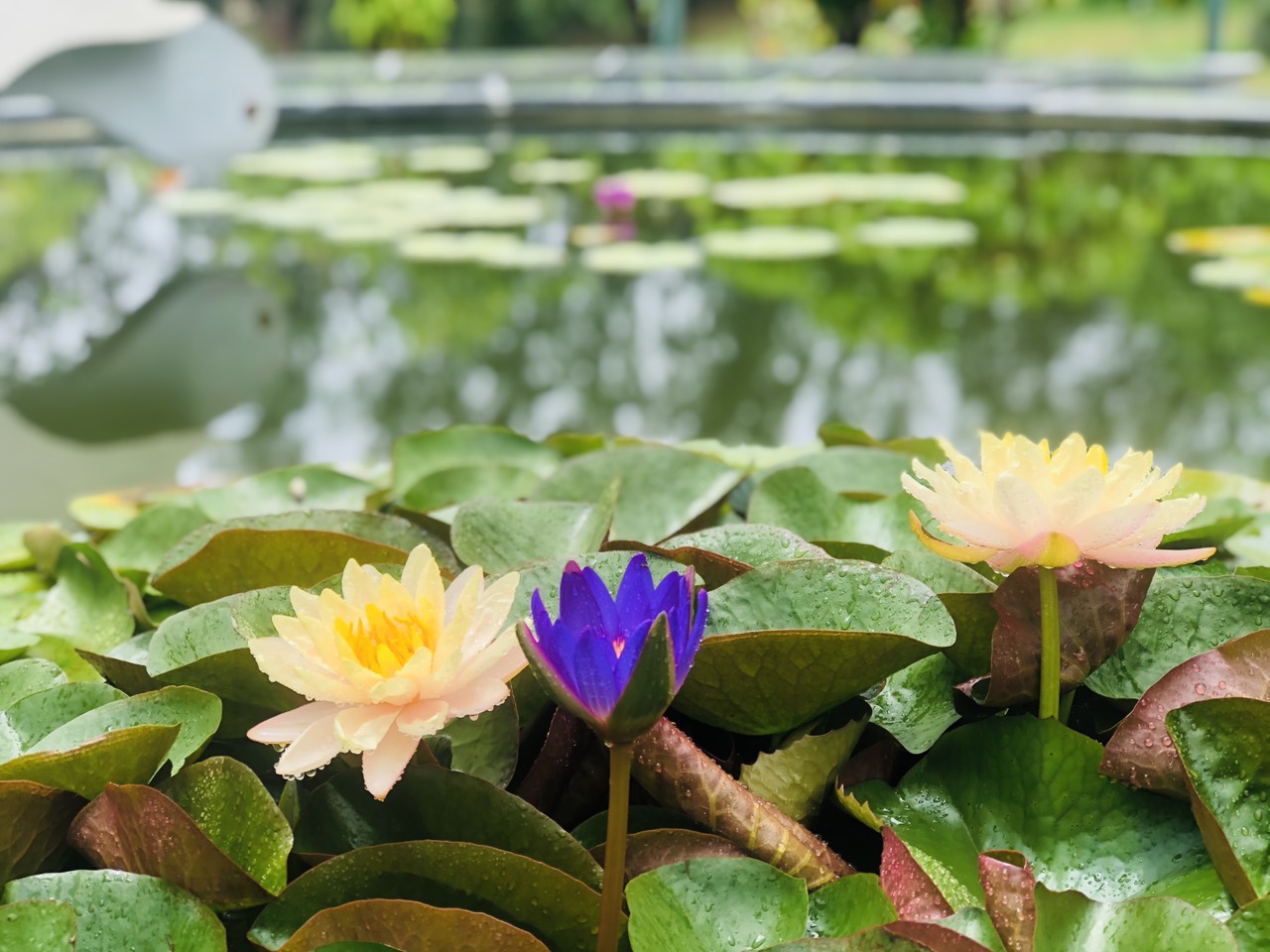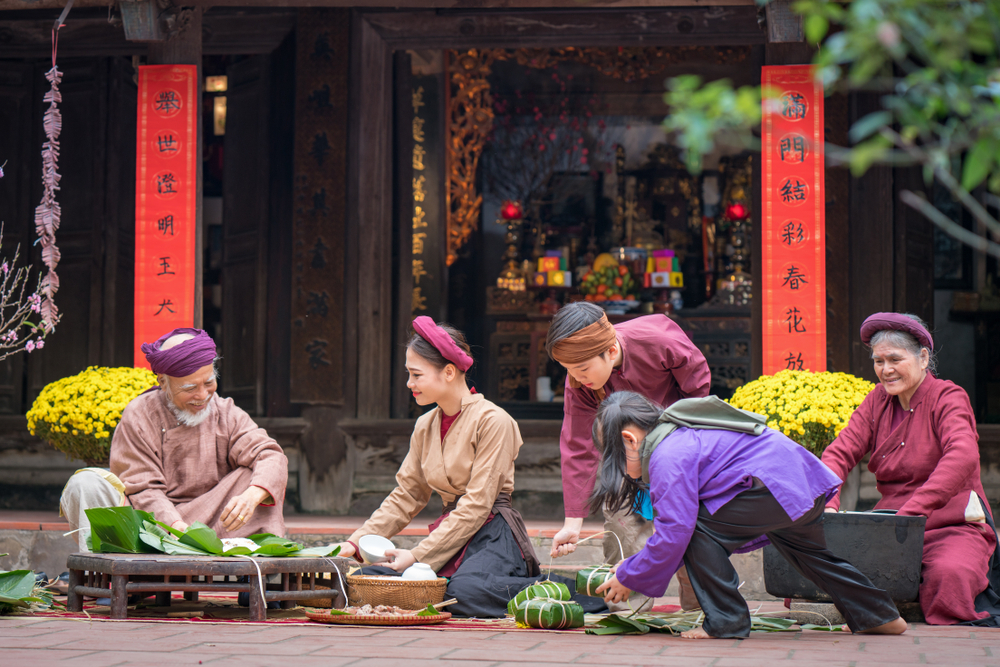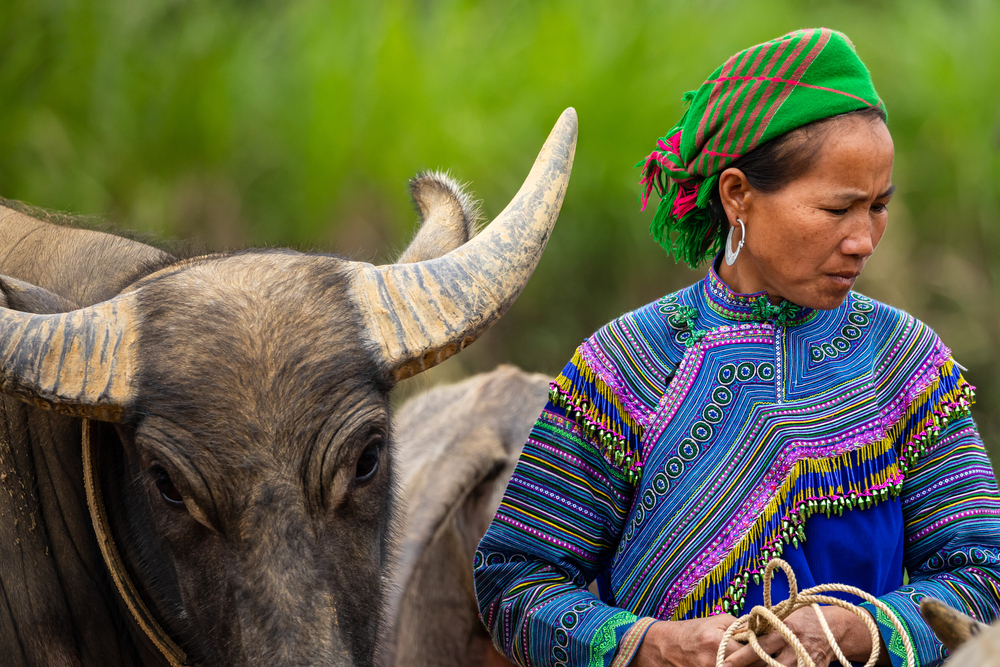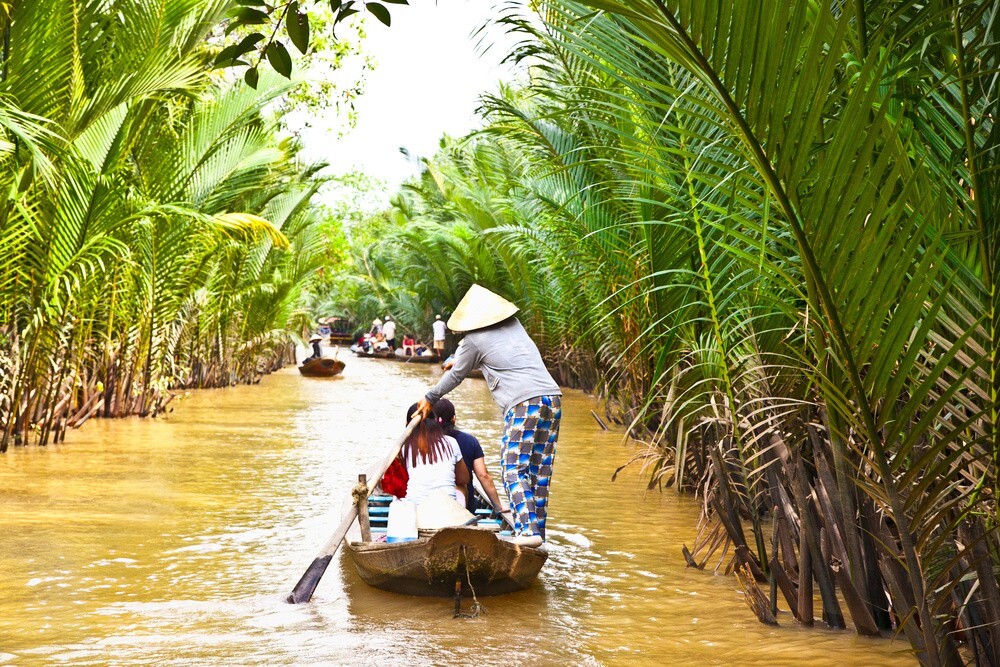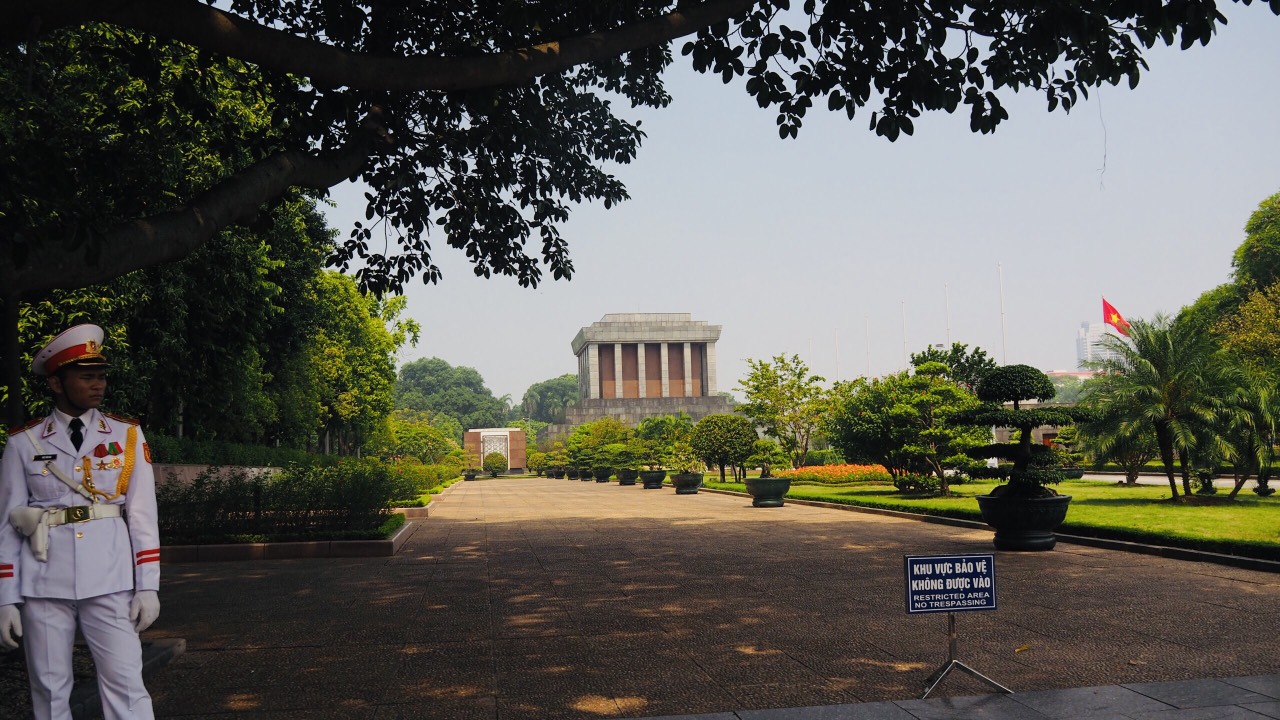
The Ho Chi Minh Mausoleum is a huge complex of several buildings including the mausoleum which covers more than 320,000 m2. During your visit, you will see Ba Dinh Square, the Presidential Palace, Ho Chi Minh’s house on stilts, the One Pillar Pagoda, the Ho Chi Minh Museum, etc.
1. Ba Dinh Square
Ba Dinh Square is the largest square in Vietnam. It is 320 meters long, 100 meters wide and 240 square of grass.
In colonial times, the square was not called Ba Dinh. The square was a large piece of land, the French built a public garden named Puginier (or Rond-point Puginier). After the August revolution in 1945, the square was renamed “Ba Dinh Square” by the mayor of Hanoi – Tran Van Lai. The name “Ba Dinh” is inspired by the important insurrection led by Dinh Cong Trang, in Thanh Hoa province in the late 19th century.

It was in this huge square that Ho Chi Minh proclaimed the independent Republic of Vietnam on September 2, 1945. The “Declaration of Independence” was proclaimed to attest the birth of Vietnam. In his declaration before hundreds of thousands of his countrymen, the President said: “Men are born and remain free and equal in rights. These are undeniable truths.
On National Day, military parades commemorate this historic event.
In September 1969, the government decided to choose Ba Dinh Square to hold the funeral of President Ho Chi Minh.
Today, Ba Dinh Square is reserved for national events, military parades and welcoming ceremonies in honor of the highest international leaders. Later, the National Assembly Conference Hall (now the Ba Dinh Conference Hall), and the Memorial to Heroes Who Died for the Fatherland were built across the square. The eastern side of the square is occupied by the Ministry of Foreign Affairs, the Parliament and the Party House.
2. Mausoleum of Ho Chi Minh
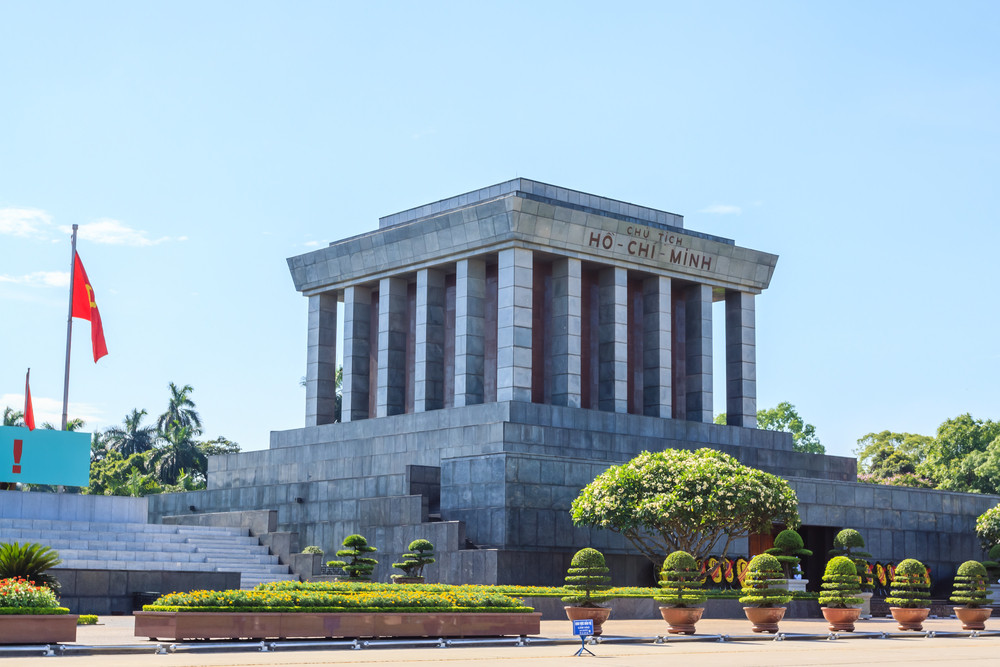
Located south of the West Lake, on a huge green square, the Ho Chi Minh Mausoleum contains the embalmed remains of President Ho Chi Minh. It is the most visited monument in Hanoi.
Ho Chi Minh, the father of the nation, is the greatest liberator of the country. He is greatly admired by the Vietnamese people. Thanks to him, our country was able to break away from Chinese rule, free itself from colonization, abolish monarchical rule and establish a democratic constitution.
Ho Chi Minh was a person so close to the Vietnamese people that they gave him the affectionate nickname “Uncle Ho”. He dedicated his entire life to the liberation of Vietnam and he would not have had any children. According to his will, “Uncle Ho” had wished that his body be cremated and that his ashes be scattered in the north, center and south of Vietnam. Contrary to his wish, the government decided to mummify Ho Chi Minh’s remains and to build a mausoleum to his glory. Russian engineers were invited to study the construction plan.
On September 2, 1973, the construction of the mausoleum began, 4 years to the day after the death of “Uncle Ho”. It is a giant monument inspired by Lenin’s mausoleum in Moscow’s Red Square. It is made of marble and is guarded by two soldiers 24 hours a day. At the entrance of the mausoleum, you can read Ho Chi Minh’s sentence: “Nothing is more precious than Independence and Freedom”.
Tips for your visit
You have to queue to enter the mausoleum and see the remains. To visit the mausoleum (no shorts or bare arms), you have to go to the police checkpoint at the southwest of Ba Dinh square and leave your camera and bags there. Inside the mausoleum, it is forbidden to talk or take pictures. Children must be over 3 years old to enter.
3. Presidential Palace and Ho Chi Minh’s houses
Presidential Palace
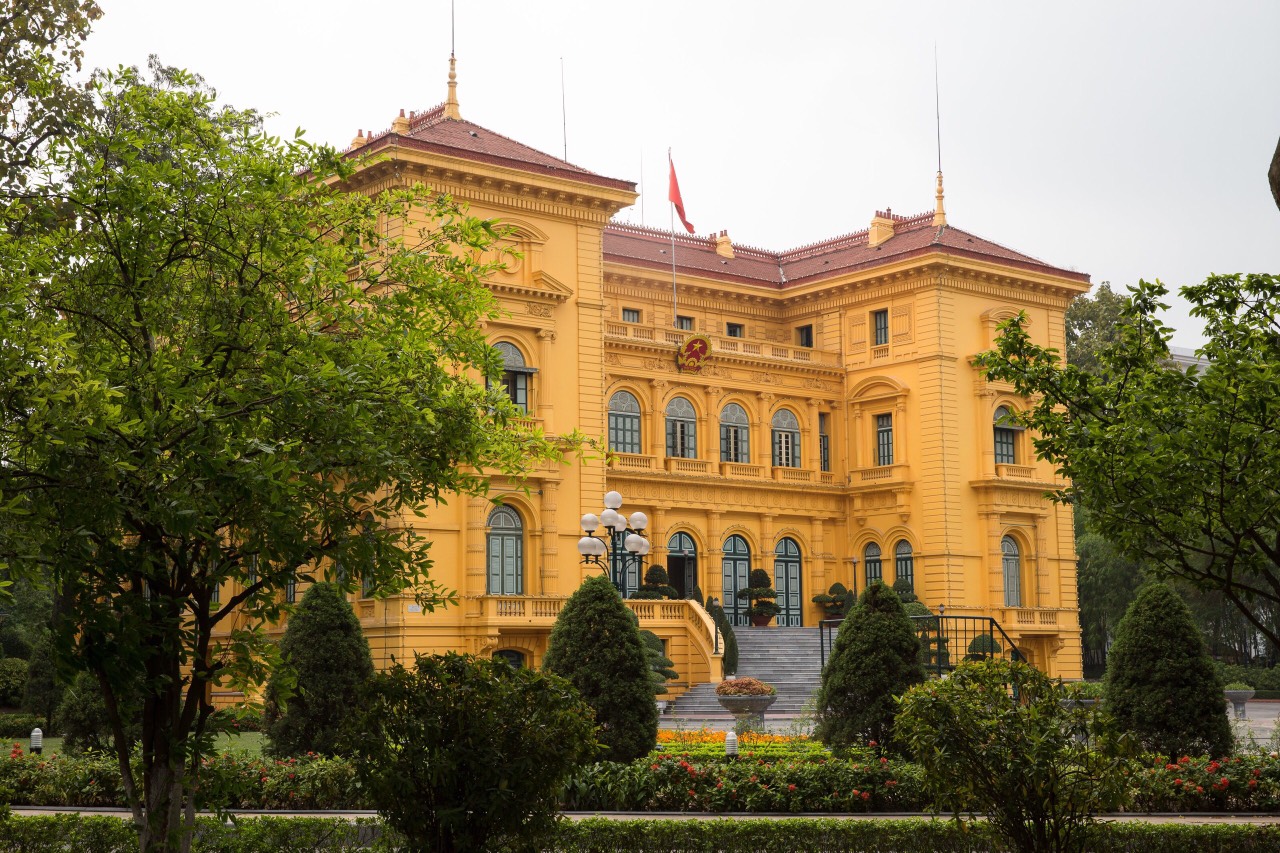
From the mausoleum, the exit to the north leads to the park of the presidential palace, the former palace of the Governor General of the Indochinese Union built in 1900-1908. It was designed and supervised by a German architect. President Ho Chi Minh worked in this palace from 1954 until his death in 1969.
Today, the building is guarded by military and is not visited, you can look at the buildings from outside. It is simply beautiful. This palace is located in a very nice park, where the house of Ho Chi Minh is located.
The residences of Ho Chi Minh
Hous no-54
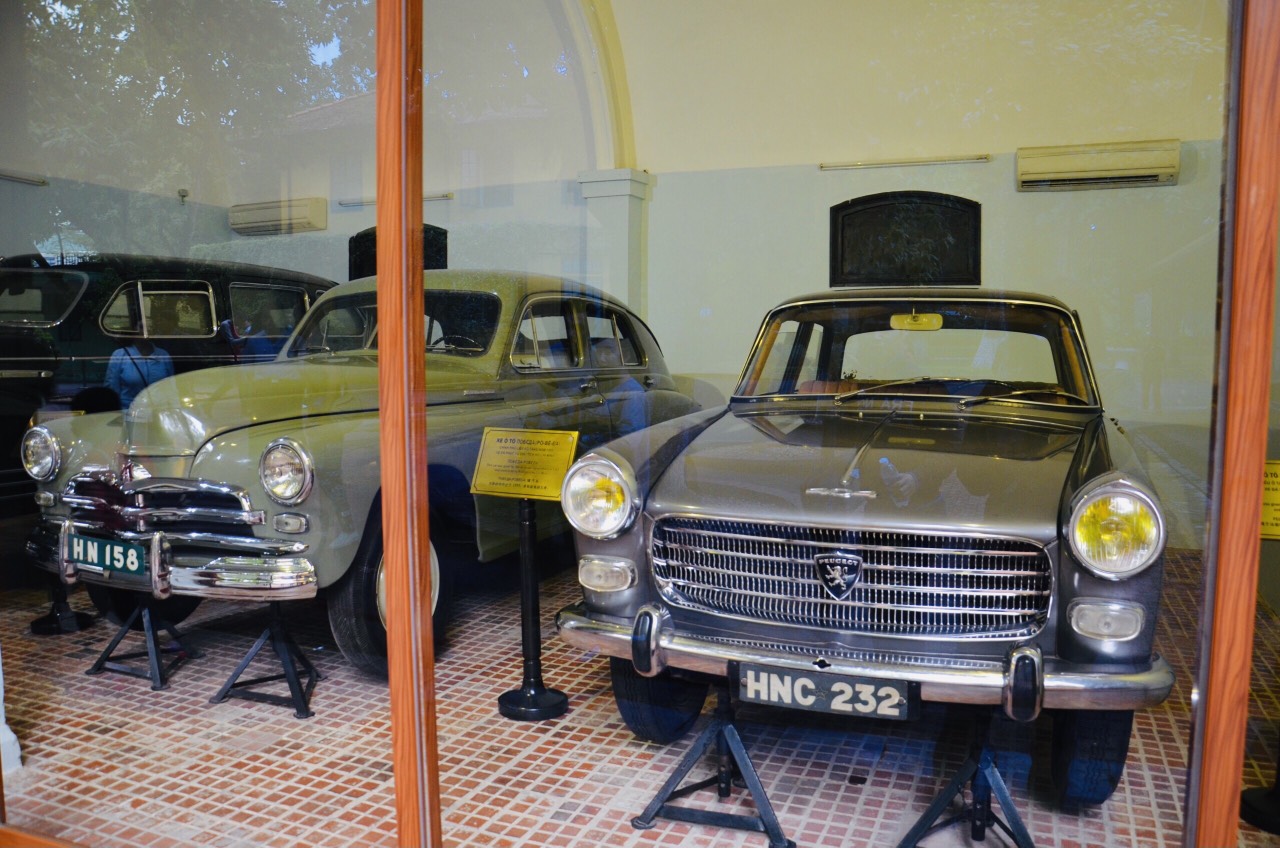
Nearby, on the other side of the pond, is House 54, where Uncle Ho lived and worked from December 1954 to May 1958.
It is a small house with 3 rooms. First there is the living room which is also the place where Uncle Ho worked. In this room, there is a typewriter, an electric fan, an old telephone, and hundreds of precious books dealing with various fields. The kitchen where Uncle Ho put a thermometer and every time the temperature was below 10 degrees, the president asked the Prime Minister of Education to give a day off to the primary school students. This regulation is still enforced today. Finally, in his bedroom, there is a round table donated by the Cuban leader Fidel Castro.
To the left of the house, you will find a small garage with three cars that served the president: the Pobeda and the Zis 115 – a gift from the Soviet Union, the Peugeot 404 – a gift from the French.
House on stilts

Ho Chi Minh’s house, which the revolutionary hero occupied for eleven years – from 1958 until his death – is nestled on the edge of a pond. His house is 10.5 meters long and 6.2 meters wide and is located in the botanical garden, in the middle of a wonderful atmosphere with plenty of sunshine and fresh air.
This rustic construction made of precious wood, mounted on stilts, consists of two rooms and was built in the style of the dwellings of the northern mountain tribes.
The house has been preserved in its original state, in order to best represent the sober and modest life of Uncle Ho, you will discover two small rooms on the second floor. In one of these rooms, there is a single bed and a small wooden table. His room and office are decorated with original furniture. A particularity: the alarm clock of the house is symbolically stopped at the time of his death (9:47 am).
Uncle Ho’s house has welcomed more than 21 million visitors from all over the world, including many high-level delegations, heads of state from 150 countries and several international organizations.
Visitors often ask the question, “Why does Uncle Ho – the president of a country, live in a simple and modest house in the center of Hanoi?”
In fact, in 1954, after the heroic resistance against colonialism, President Ho Chi Minh refused to live in the former Governor’s Palace of Indochina. He did not want to live in such a luxurious palace, considering the situation and life of the Vietnamese people at that time. He chose to live in a small house by a pond, where he enjoyed feeding the fish every morning.
4. Carp Pond
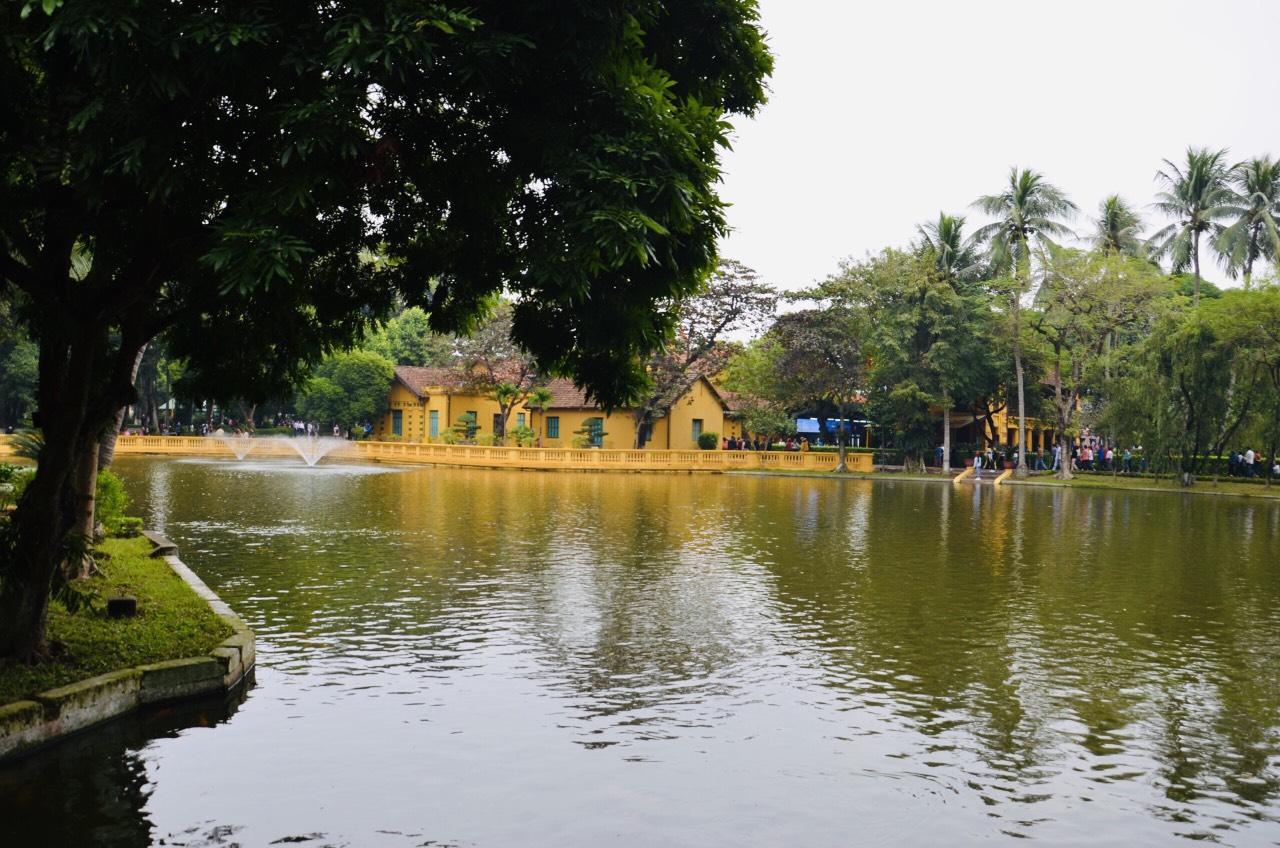
The back of the house is remarkable for its well cultivated garden: fruit trees, willows, hibiscus, fire trees and frangipani. The path leading to the house is lined with mango trees. The different varieties of orchids with their fragrant flowers hang from the branches of the trees at the edge of the pond.
The small pond, with house 54 on one bank and the stilt house on the opposite bank, is filled with carp (symbols of longevity). Every morning, Uncle Ho used to enjoy feeding the fish with his roast. He used to call the fish by clapping his hands and they would come !
5. Single Pillar Pagoda
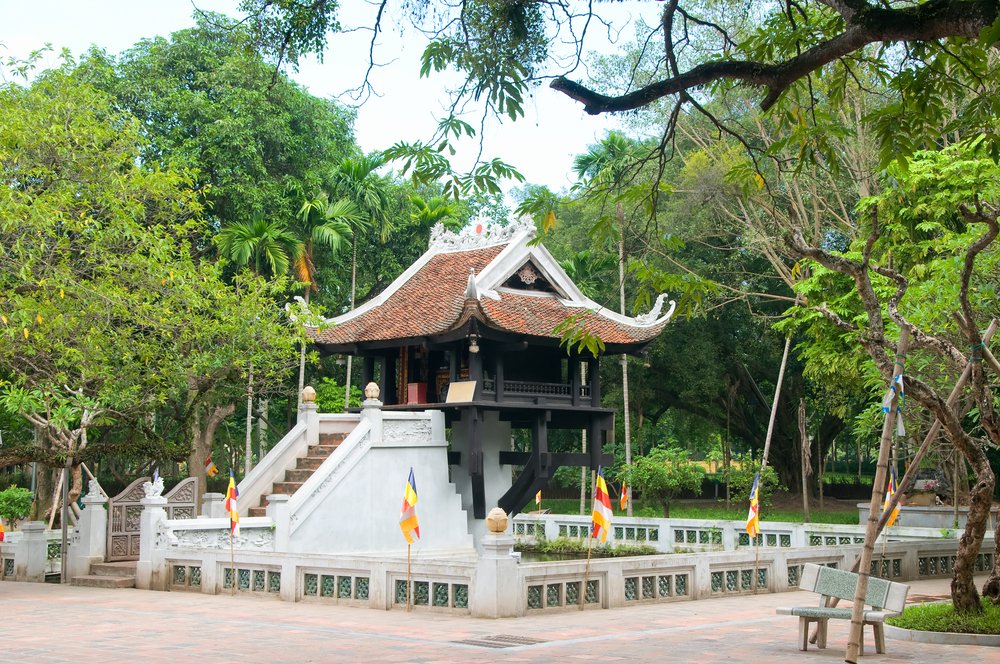
The Single Pillar Pagoda (chua Mot Cot), the city’s emblem, is nestled between the Mausoleum and the Ho Chi Minh Museum, a nice break in the greenery. It was erected in 1049 by the ruler Ly Thai Tong on a single wooden pillar, in the style of ancient temples dedicated to ancestors and nature spirits.
According to the legend, Quan Am, goddess of mercy, appeared in a dream to the king, who had no male descendant. Sitting on a lotus flower, she gave him a boy. Soon after, a young peasant girl, whom he had made his favorite and whom he married, gave him an heir. As a token of his gratitude, he had the lotus flower pagodon erected in the middle of the pond. It was the central sanctuary of a vast complex of temples, gardens, pavilions and ponds of which nothing remains.
The pagoda, destroyed in 1954 by the French, was rebuilt in 1959 by Uncle Ho. The concrete pillar is 4m high and 1.25m in diameter. The temple sheltering the statue of Quan Am measures 4x4m. In front of the pagoda, a small ancient pagoda with ochre tones “Chùa Diên Hựu” conceals a very beautiful pantheon.
6. Ho Chi Minh Museum
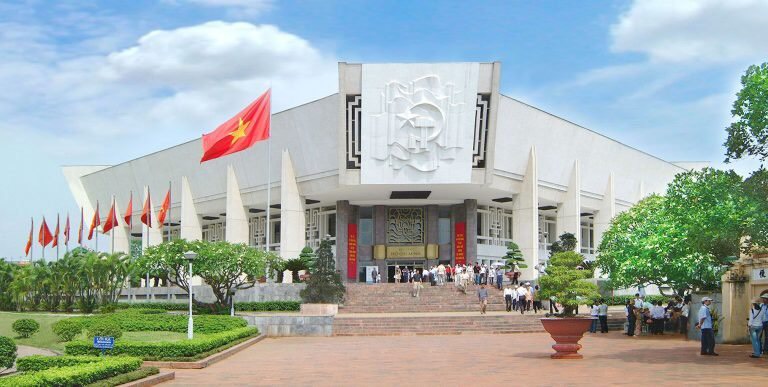
It is possible to complete this visit by the Ho Chi Minh museum (close to the One Pillar Pagoda), inaugurated on May 19, 1990 on the occasion of the hundredth birthday of the President. It evokes the life and revolutionary work of Ho Chi Minh, the struggle of the Vietnamese people and the historical events that influenced the Vietnamese revolution.
Take the time to visit this exceptional site in Hanoi. The serene gardens are beautiful and the place is very well maintained. It is a must-see place related to Vietnamese history.
You might also like:
